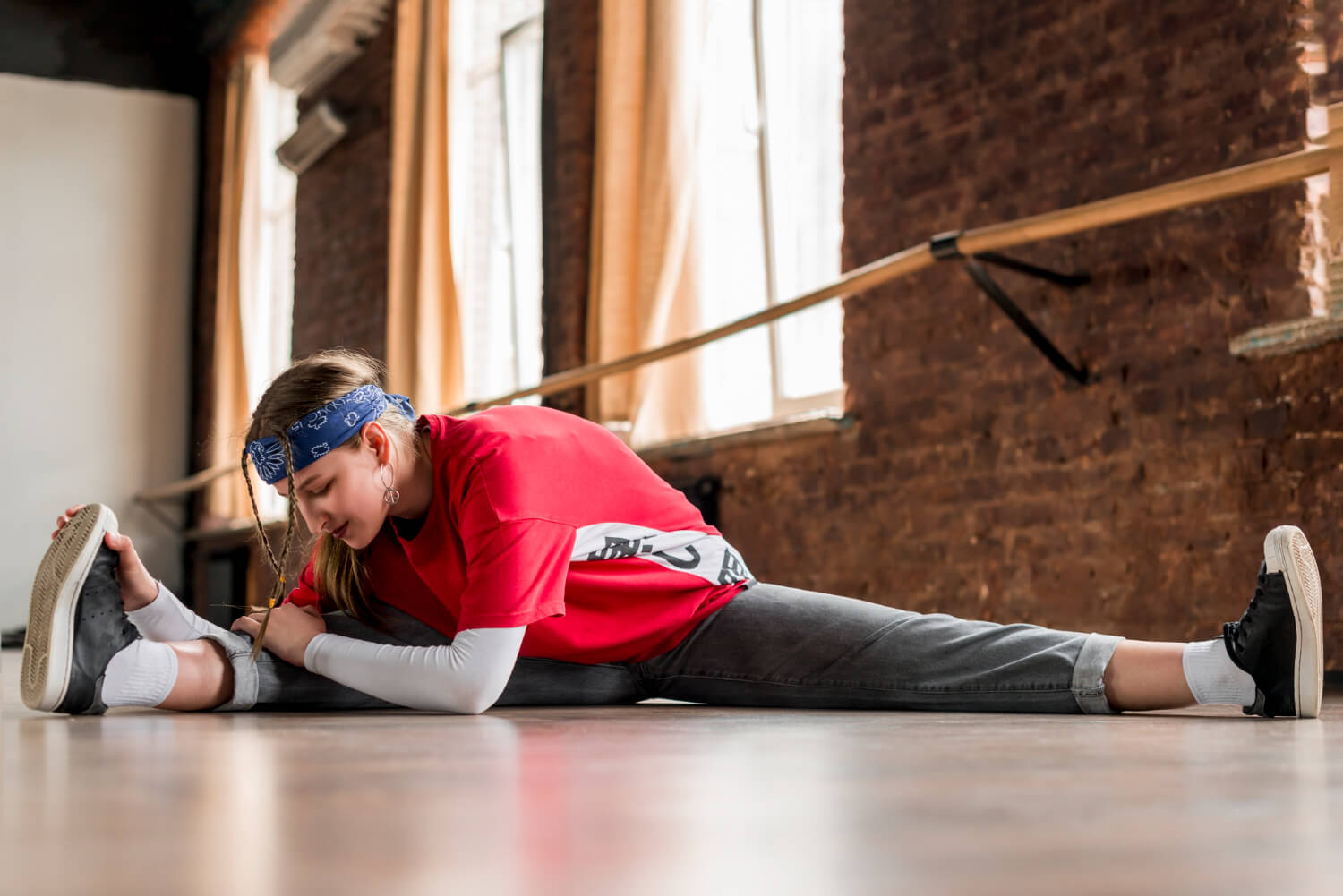Exercising regularly is one of the best ways to improve overall health, increase strength, and enhance well-being. However, it’s important to note that without the proper techniques and precautions, injuries can occur. Whether you’re a seasoned athlete or a beginner, avoiding common injuries during exercise should be a priority to ensure you stay fit and avoid setbacks. Here are some key tips to help you exercise safely and minimize the risk of injury.
1. Warm-Up Properly
Warming up is crucial before starting any exercise routine. It helps prepare your body by increasing blood flow to muscles, improving flexibility, and enhancing joint mobility. A proper warm-up reduces muscle stiffness and prepares your heart and lungs for more intense activity.
A good warm-up should consist of dynamic stretching and light cardio, such as jogging, jumping jacks, or cycling. Aim for about 5-10 minutes of warming up before you dive into your main workout.
Examples of warm-up exercises:
- Arm circles
- Leg swings
- High knees
- Walking lunges
2. Focus on Technique
Poor form is one of the most common causes of injuries during exercise, especially in strength training exercises such as squats, deadlifts, and push-ups. It’s essential to focus on correct technique to avoid placing unnecessary strain on your joints and muscles.
If you’re unsure of the proper form for a particular exercise, consider working with a trainer or utilizing instructional videos from trusted sources. Be mindful of your posture, body alignment, and movement patterns.
For example, when performing squats, make sure your knees don’t extend past your toes, and keep your back straight. When doing deadlifts, focus on hinging at the hips rather than rounding your back.
3. Progress Gradually
Another way to avoid injury is to progress gradually. Many people, especially beginners, are eager to make quick gains, but rushing into intense exercise without building a strong foundation can result in injuries. It’s important to start with a manageable intensity and gradually increase the duration, frequency, and intensity of your workouts as your body adapts.
For strength training, begin with lighter weights and focus on mastering proper technique. Once you’ve perfected the movement, increase the weight progressively. For cardio, start with shorter sessions and gradually add more time as your endurance improves.
4. Listen to Your Body

Your body will often send you signals if something is wrong. If you experience pain, discomfort, or unusual fatigue during exercise, it’s important to stop and assess the situation. Pushing through pain can result in more severe injuries. Instead, rest and allow your body time to recover.
Common signs to watch for include:
- Sharp or shooting pain
- Joint instability
- Swelling
- Numbness or tingling sensations
Pay attention to any discomfort and modify your workouts if necessary. Consistently pushing through pain will only delay recovery and may worsen the injury in the long run.
5. Stay Hydrated
Dehydration is another common culprit behind exercise injuries. When you’re dehydrated, your muscles and joints are more prone to stiffness and fatigue. Dehydration can also affect your ability to focus, increasing the likelihood of poor technique and strain.
Always drink enough water before, during, and after exercise. If you’re engaging in prolonged or intense exercise sessions, consider drinking a sports drink that replenishes electrolytes lost through sweat.
6. Cool Down and Stretch
Cooling down after your workout is just as important as warming up. A proper cool-down helps lower your heart rate gradually and prevents blood from pooling in your muscles. It also reduces the risk of post-workout soreness.
Stretching at the end of your workout helps lengthen your muscles, improve flexibility, and promote recovery. Focus on static stretches that hold each position for 15-30 seconds. Stretching should never be painful, so always go to a comfortable range of motion.
Effective cool-down stretches:
- Hamstring stretches
- Quadriceps stretches
- Hip flexor stretches
- Calf stretches
7. Use the Right Gear
Wearing appropriate exercise gear is an often-overlooked but essential factor in preventing injury. Proper footwear is especially important, as shoes designed for specific activities (running, hiking, weightlifting) offer the support needed to protect your feet, ankles, and knees. Inadequate shoes can lead to foot pain, knee strain, and lower back discomfort.
Additionally, if you’re engaging in activities like cycling or running, consider wearing protective gear such as knee pads, elbow pads, or a helmet to minimize the risk of injury from falls.
8. Incorporate Rest Days
Rest is a vital part of any fitness routine. Overtraining without allowing your body adequate time to recover can lead to burnout, fatigue, and an increased risk of injury. Muscles and tissues need time to repair and strengthen after a workout. Without proper rest, you’re more likely to experience strain and fatigue, which increases your risk of injury.
Aim to take at least one or two rest days each week, especially after intense workouts. Active recovery, such as walking, swimming, or yoga, can be beneficial on rest days, as it promotes blood circulation and helps reduce muscle stiffness.
9. Cross-Train

Cross-training involves engaging in different types of physical activity to work various muscle groups. By incorporating a variety of exercises into your routine, you reduce the risk of overuse injuries, which occur when the same muscles and joints are repeatedly stressed. For instance, if you run frequently, try adding cycling or swimming to your routine to give your muscles a break while still maintaining cardiovascular fitness.
Cross-training also promotes overall strength, flexibility, and balance, leading to better performance and reduced injury risk.
Conclusion
Injuries can derail your fitness journey, but with a little preparation and mindfulness, you can minimize the risks. By warming up properly, using the correct form, progressing gradually, listening to your body, staying hydrated, and taking proper care of yourself, you can enjoy the benefits of exercise while keeping injuries at bay. Always remember, consistency is key, but so is safety. So, take the time to practice these injury prevention strategies and ensure your fitness journey is long, healthy, and injury-free.







